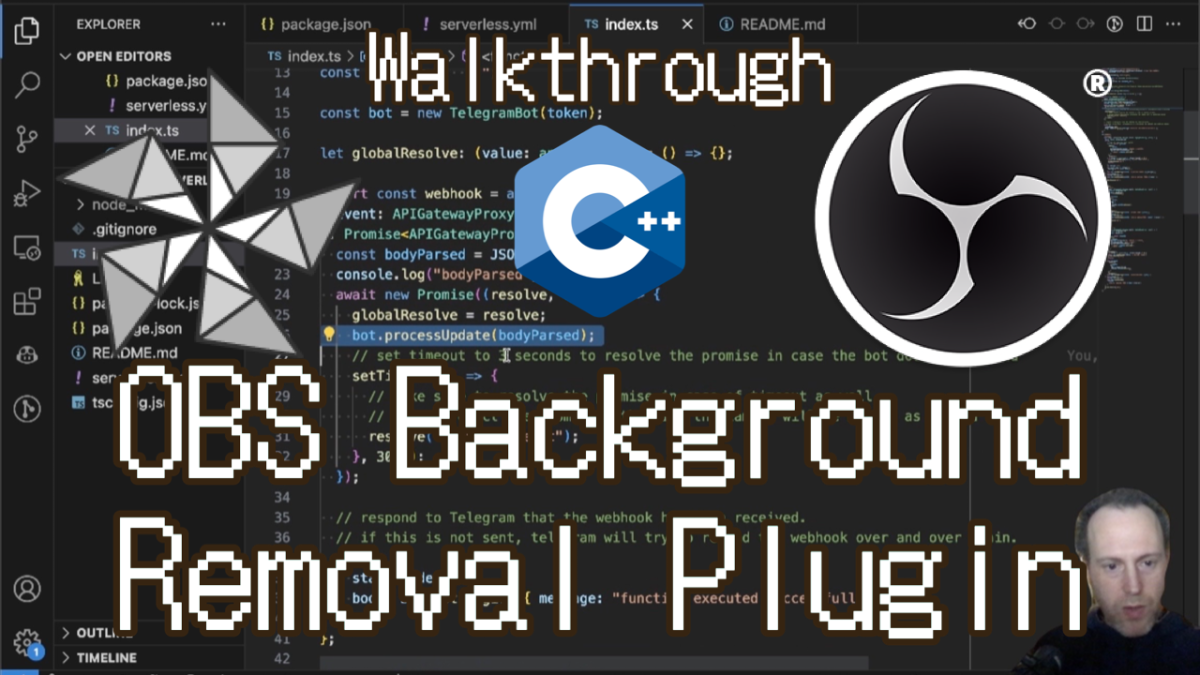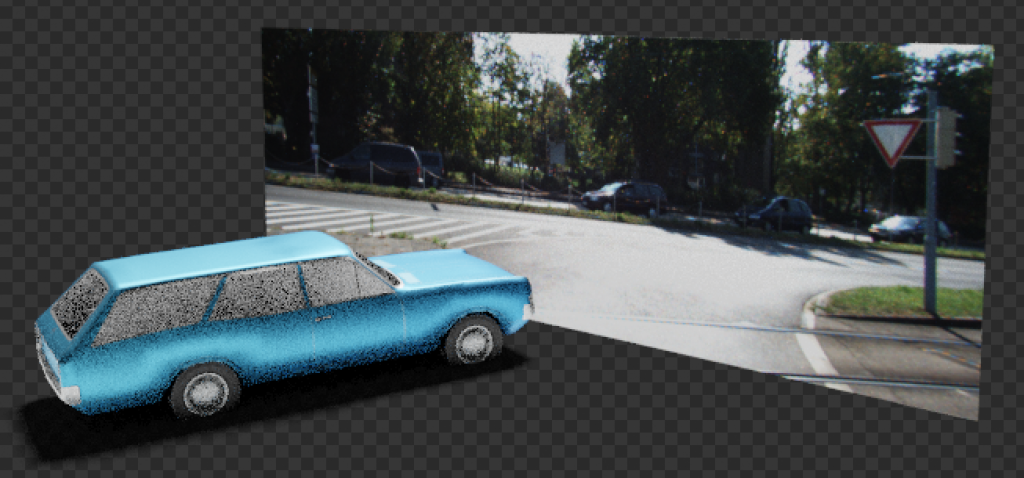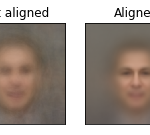So I just spent 1.5 hours figuring this out.
Compiling an example on Ubuntu 16.04 with OpenCV built from scratch with OpenNI2 support.
(OpenNI2 is from Orbbec, but that doesn’t make any difference: https://orbbec3d.com/develop/)
When using this straightforward CMake script for compilation – it doesn’t work:
cmake_minimum_required(VERSION 3.2)
project(MyApp)
find_package(OpenCV 3 REQUIRED)
set(OPENNI2_LIBS "OpenNI2")
link_directories("/home/user/Downloads/2-Linux/OpenNI-Linux-x64-2.3/Redist")
add_executable(myapp main.cpp)
target_link_libraries(myapp ${OpenCV_LIBS} ${OPENNI2_LIBS})
Complains of undefined references:
/usr/bin/c++ -g CMakeFiles/myapp.dir/main.cpp.o -o myapp -L/home/user/Downloads/2-Linux/OpenNI-Linux-x64-2.3/Redist -rdynamic -lOpenNI2 /usr/local/lib/libopencv_shape.so.3.2.0 /usr/local/lib/libopencv_stitching.so.3.2.0 /usr/local/lib/libopencv_superres.so.3.2.0 /usr/local/lib/libopencv_videostab.so.3.2.0 /usr/local/lib/libopencv_objdetect.so.3.2.0 /usr/local/lib/libopencv_calib3d.so.3.2.0 /usr/local/lib/libopencv_features2d.so.3.2.0 /usr/local/lib/libopencv_flann.so.3.2.0 /usr/local/lib/libopencv_highgui.so.3.2.0 /usr/local/lib/libopencv_ml.so.3.2.0 /usr/local/lib/libopencv_photo.so.3.2.0 /usr/local/lib/libopencv_video.so.3.2.0 /usr/local/lib/libopencv_videoio.so.3.2.0 /usr/local/lib/libopencv_imgcodecs.so.3.2.0 /usr/local/lib/libopencv_imgproc.so.3.2.0 /usr/local/lib/libopencv_core.so.3.2.0 -Wl,-rpath,/home/user/Downloads/2-Linux/OpenNI-Linux-x64-2.3/Redist:/usr/local/lib
/usr/local/lib/libopencv_videoio.so.3.2.0: undefined reference to `oniStreamGetProperty'
/usr/local/lib/libopencv_videoio.so.3.2.0: undefined reference to `oniRecorderDestroy'
/usr/local/lib/libopencv_videoio.so.3.2.0: undefined reference to `oniDeviceIsCommandSupported'
/usr/local/lib/libopencv_videoio.so.3.2.0: undefined reference to `oniDeviceSetProperty'
You’ll notice that -lOpenNI2 does indeed appear for correct linking.
The linker doesn’t complain that lib was not found – it just misses the references.
This lead me to understand it’s a linking order problem (after ~45 minutes of banging my head vs. the keyboard and swearing profusely).
Some more swearing and head banging got me to understand that CMake is messing around with the link order.
So even if try:
target_link_libraries(myapp ${OpenCV_LIBS} ${OPENNI2_LIBS} ${OpenCV_LIBS} ${OPENNI2_LIBS})
i.e. making the order effectively meaningless — it still doesn’t work!
More swearing and head banging, another ~40 minutes passed, and I figured out a solution.
The real solution is to slap someone in CMake in the face with a trout, but here’s a solution to my problem:
find_package(OpenCV 3 REQUIRED core highgui videoio) # ORDER MATTERS!!! videoio must be last!
set(OpenCV_LIBS "${OpenCV_LIBS};OpenNI2") #add openni2 at the end (although cmake doesn't keep order anyway)
target_link_libraries(myapp ${OpenCV_LIBS})
Now it compiles.
And look at the make VERBOSE=1:
/usr/bin/c++ -g CMakeFiles/myapp.dir/main.cpp.o -o myapp -L/home/user/Downloads/2-Linux/OpenNI-Linux-x64-2.3/Redist -rdynamic /usr/local/lib/libopencv_highgui.so.3.2.0 /usr/local/lib/libopencv_videoio.so.3.2.0 -lOpenNI2 /usr/local/lib/libopencv_core.so.3.2.0 -Wl,-rpath,/home/user/Downloads/2-Linux/OpenNI-Linux-x64-2.3/Redist:/usr/local/lib -Wl,-rpath-link,/usr/local/lib
Can you see how highgui and videoio are before OpenNI2, and core is after?
Why? Whhhhhhy?
The key is to get OpenNI to be linked in order after videoio.
OMG CMake, OMG OpenCV, OMG you gaiz, W-T-F?
Update:
This method breaks down as soon as more OpenCV components are added. The order goes haywire again, and OpenNI2 comes before videoio, which breaks the link.
As of now the way I can compile it is like so:
set(LINK_LIBS /usr/local/lib/libopencv_core.so.3.2
/usr/local/lib/libopencv_highgui.so.3.2
/usr/local/lib/libopencv_videoio.so.3.2
/usr/local/lib/libopencv_imgproc.so.3.2
/usr/local/lib/libopencv_calib3d.so.3.2
OpenNI2)








